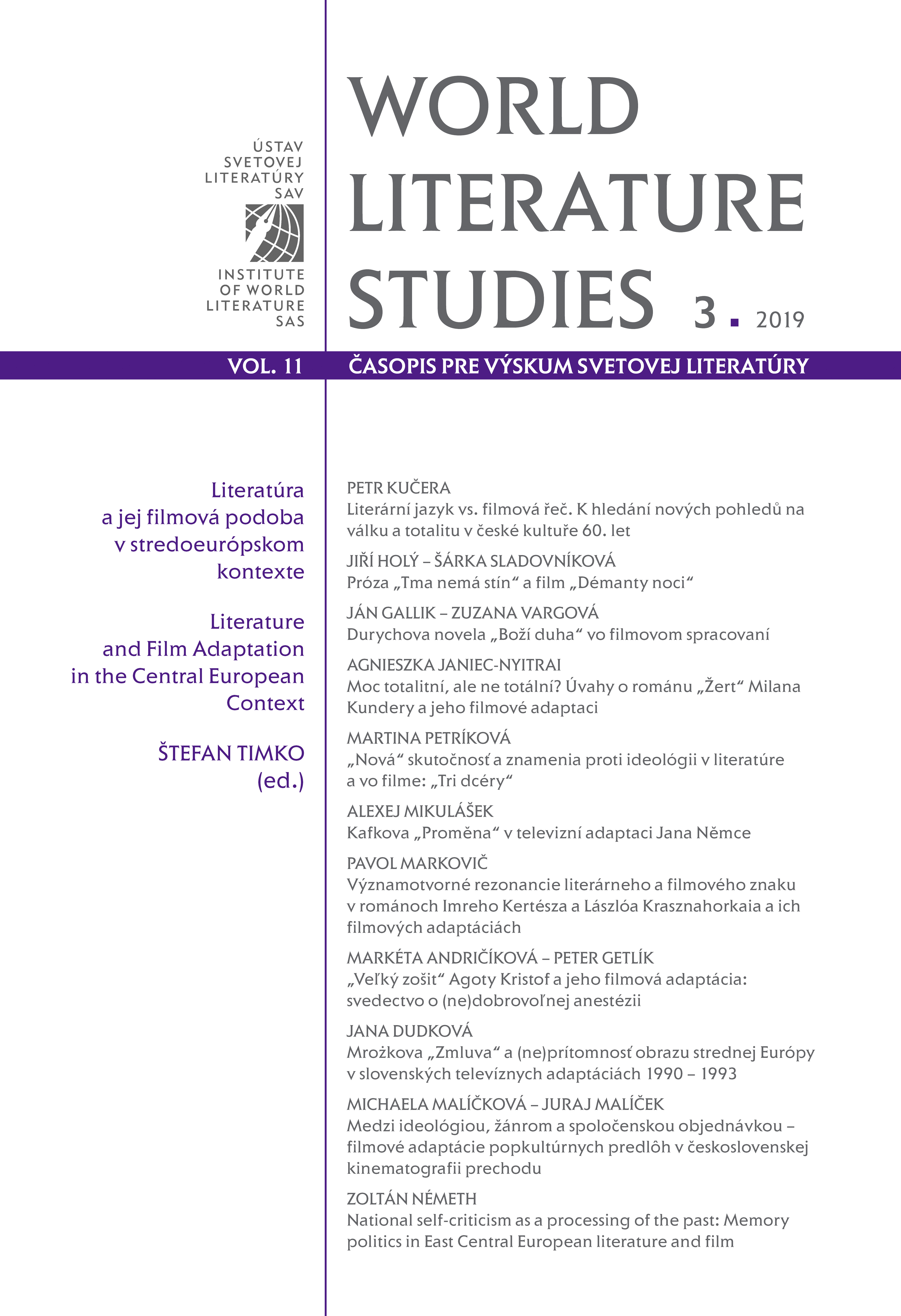
We kindly inform you that, as long as the subject affiliation of our 300.000+ articles is in progress, you might get unsufficient or no results on your third level or second level search. In this case, please broaden your search criteria.


The article deals with several versions of the short story “Darkness Casts no Shadow” byArnošt Lustig and the film adaptation of this work, Diamonds of the Night, directed by JanNěmec. Lustig has gradually expanded his story in new versions. The author, who lived in the1970s and 1980s in the U.S., obviously rewrote his text with regard to American readers. JanNěmec’ s film adaptation, which premiered in 1964, is an experimental film that re-evaluatescinematic conventions. On the one hand, it uses surreal elements, on the other hand authenticdevices.
More...
The displacement of Germans from Czechoslovakia after the end of World War II is a tragicevent that greatly affected many people’ s lives. The treatment of this subject in Czech literaturetook various forms, ranging from the schematically modelled literature of socialist realism,which mainly perceived the displacement of Germans as an act of righteous retaliationfor the horrors of war caused by German fascists, to existentially tuned works that perceivedthis event on the basis of the deeper causes of misunderstanding and hostility of both nations.As the philosopher Jan Patočka states in the epilogue (1991) to Jaroslav Durych’ s novel God’ sRainbow, the author who created a great song of regret which conditioned and prepared hopefor the spiritual reconciliation of the Czech and German nation was finally found. The meritof the comparison of Durych’ s novel and its television adaptation from 2007 (by director andscreenwriter Jiří Svoboda) is mainly the question whether the adaptation puts only the tragicnature of the theme of the displacement of Germans from the Czech border at the forefront orif it tries to display also the difficult platform of the Baroque phenomenon (e. g. focusing onspace or characters). In Durych’ s work, including God’ s Rainbow, specifically in the language,composition, stylistic construction, motifs, symbols or function of detail, there is an evidenceof enhancing the Baroque perception of reality.
More...
The aim of the piece is to characterize the ways in which the novel The Joke (1967) by MilanKundera and its film adaptation (directed by Jaromil Jireš, 1968) show the relationshipbetween man and totalitarian power. The study depicts the means by which the communistsociety used mechanisms of re-education of the individual. The key concepts applied for thisanalysis are homo sovieticus (Józef Tischner) and total institution (Erving Goffman). The goalof the study is to broaden the understanding of totalitarianism from a narrow political conceptto philosophical and sociological meaning.
More...
Bednár Uher’ s work from the sixties can be regarded as a testimony about a period conditionedby totalitarian ideology and about a man who is confronted with turning moments in history.He increases his human value “only” by life, by the moral value choice, not by submittingto the norms of the system. That is why the screenplay (1968) and the film Three Daughters(1967) are targeted against totalitarianism. The contemporary communist ideology, which“writes the history” with language as an example of socio-cultural pressure, by its symbols asmodels for reality, is confronted with character personalities of the thematic historical sectionthey have formed to the extent that they have different attitudes within individual discourses.In the story of Three Daughters the heroine defends her father and she beats “culture of power”only in the perspective.
More...
This study analyses the famous novel The Notebook (Le Grand Cahier, 1986) by the Hungarian-Swiss Francophone novelist Ágota Kristóf (1935–2011) and its film adaptation TheNotebook (A nagy füzet, 2013) directed by Hungarian film director János Szász, as the allegoryof “Big History”, as the recording of human tragedy (or the tragedy of human destructivenessand lust for power) and also the tragedy of the individual. We also focus on special narrativetechniques (1st person plural narrator, narrative voice as homo duplex), which are especiallysignificant in relation to brutal scenes of violence, sexual deviations, moral violations, and itsfilm transformation.
More...
This article analyses the specific case of the Slovak television adaptation of Sławomir Mrożek’ slesser-known stage play The Contract (1986). The play was written before the fall of communismby the famous Polish exile playwright, and was shot for Slovak television in 1992 bythe ex-Yugoslav director Goran Marojević. This resulted in multiple shifts in the meaningsand visibility of various geopolitical concepts used in the play, including a reduction of referencesthat could render the director’s origin more visible. The paper focuses especially on thereplacement of significant references to Balkan and Orientalist discourse (which are parodicallyoverused in the play) with the more readable concept of Central Europe (which staysunnamed in the play). In the final section, the paper also analyses the position of The Contractwithin the broader context of contemporary Slovak television production, which usuallyavoided Central European authors or direct images of Central Europe, but on the other handadded indirect references to the concept of Central Europe even to works which originallylacked them. The result in both cases was the frequent usage of allegorical meanings, maskingor inversion that followed uncertainties typical for transition from the announcement ofSoviet perestroika to (un)expected post-communist condition.
More...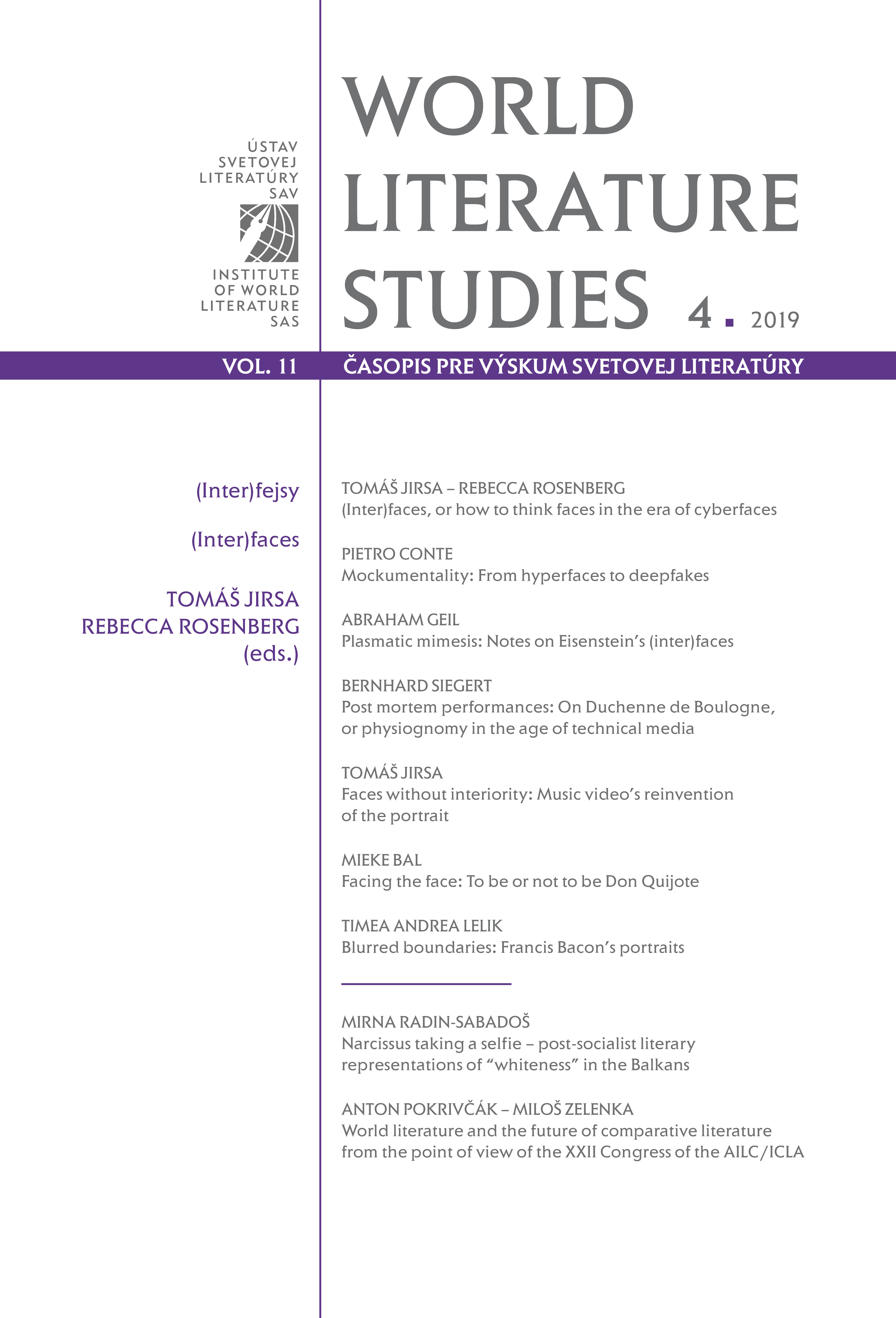
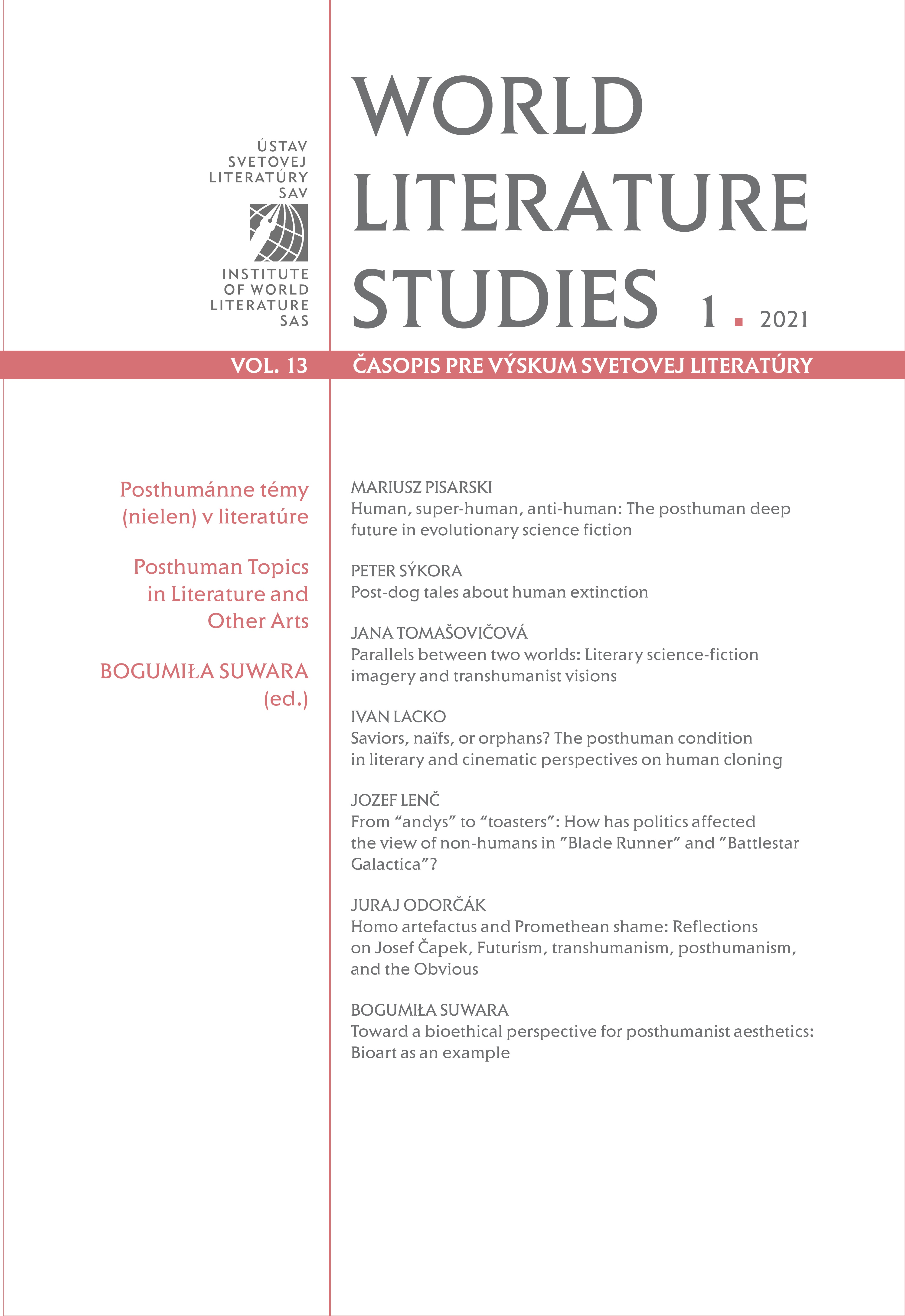
This article focuses on cloning as a relevant trans- and posthumanist theme presented in the classical science fiction of the 1970s (Kate Wilhelm’s Where Late the Sweet Birds Sang), 21st-century literary fiction (Kazuo Ishiguro’s Never Let Me Go), and streaming television series made in the 2010s (BBC America’s Orphan Black). With special emphasis on the subject of human cloning, the article will endeavor to discuss questions of identity in a posthuman environment, tracing the development from Wilhelm’s dystopian and post-apocalyptic scenarios in which clones and humans interact to disastrous ends, through Ishiguro’s psychological and emotional exploration of the inner world of cloned individuals whose fates are narrated in a form similar to the Bildungsroman, all the way to the complex study of nature vs. nurture in the cloned characters of Orphan Black.
More...
This article focuses on the change in perception of humanoid androids in science fiction from Philip K. Dick’s cult novel Do Androids Dream of Electric Sheep? (1968) and its later film adaptations, to the depictions of androids and people in the struggle for survival and immortality in the TV series Battlestar Galactica (2004–2009) and Caprica (2010). Science-fiction novels usually outline the author’s ideas about the near or distant future of the world with which they are confronted on a daily basis. They usually warn readers of a possible apocalypse or present models of an ideal future society to replace the society of today. However, science fiction is written by real people in a specific space and time who often reflect the social tensions and issues of the time they were created. The depictions of humanoid androids, their position in society, and their desire to break free from their undignified or even slavish positions are, in many cases, a reflection of real policies and the position of today’s “others” in mainstream society.
More...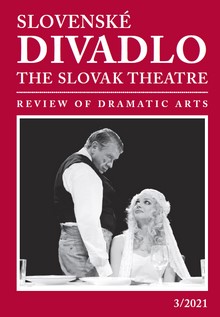
The study deals with the re-enactment of the multimedia installation Bitte liebt Österreich [Please Love Austria], realised by Christoph Schlingensief at the Wiener Festwochen festival in 2000. The theoretical starting point of the analysis is the post-colonial theory of Achille Mbembe, who deals with the notion of nanoracism. Schlingensief’s social sculpture on the border between actionism and installationism was a direct response to the Austrian parliamentary elections, in which the far-right party Freiheitliche Partai Österreichs (FPÖ) attempted to enter parliament. In particular, the study examines the degree of performativity, the media structure, and the themes of racism and xenophobia. The focus of the study is on the use of compositional practices and their intersections of type, genre and media. In summarising Schlingensief’s work, whether theatre or cinematic, the author also attempts to capture the artist’s ability to use the medium within and through art forms with respect to the speed of information exchange.
More...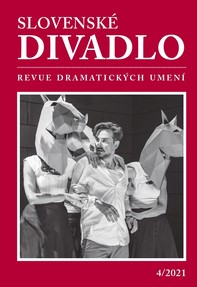
The study deals with the influence of Romantic poetics (or the poetics of the Romantic period) on audio-visual production. In this context, the author not only mentions some film adaptations of literary models from the Romantic period, but also points out the basic genological principles of this period and, in a broader literary and cultural context, the cultural and social influences at the turn of the 18th and 19th centuries on the art of the Romantic period. The study does not aspire to comprehensively capture the issues of the influence of Romantic poetics on audio-visual production, it only outlines some of the tendencies that are discernible in filmmaking and that have their roots in Romanticism, but also in medieval art, which became a major inspiration for the Romantic period.
More...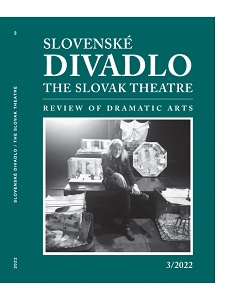
This article is a reflection on the 76th edition of the Festival d’Avignon. It provides a brief introduction to the issue of festivalisation in France and presents the research conducted in this field in relation to theatre audiences in the past three years. It also includes shorter reflections on productions by international theatre makers that the author had the opportunity to see at the festival. It analyses the context in which these productions are presented to the public in the festival programme, in dramaturgical and thematic lines (for example, the themes of power, manipulation, sacrifice, defiance of fate, emotions that bind people together or make them go insane), and it also highlights the return of the theatre makers to the basic means of theatre expression instead of complex effects and technologies. There is an imbalance stemming from this: often, productions have an epic and storytelling non-dramatic basis, but their stage form goes back to a theatre of simple and effective images that are based on symbolic theatre signs and acting action. The Festival d’Avignon adheres to the concept of storytelling with initiatory potential and thus can engage theatrically in a better real world. In 2022, it was a post-pandemic challenge for both the theatre and society.
More...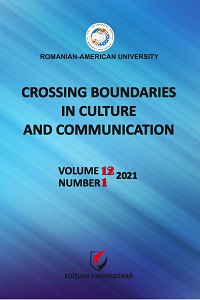
In Cognitive Grammar, the concept of reference point (R) designates the conception of one entity invoked in order to establish “mental contact” with another. The reference point access is a manner of mental scanning of a series of discrete elements in order to find a final element embedded in this chain. In film, we can dissociate between perceptual reference point (pRP) and conceptual reference point (cRP). The pRP can be perceptually present in long takes that, after the editing cut, focus on a metonymic element of a scene in order to track to another section of the scene. The paper analyses several pRP and cRP constructions in film sequences and conceptual phenomena involving metonymy. Diegetic metonymy is compared to symbolic metonymy, which ultimately leads to metaphoric construals. We can also establish metonymic categories used as pivots between semantic domains and metonymies that profile unbounded qualities similar to mass nouns.
More...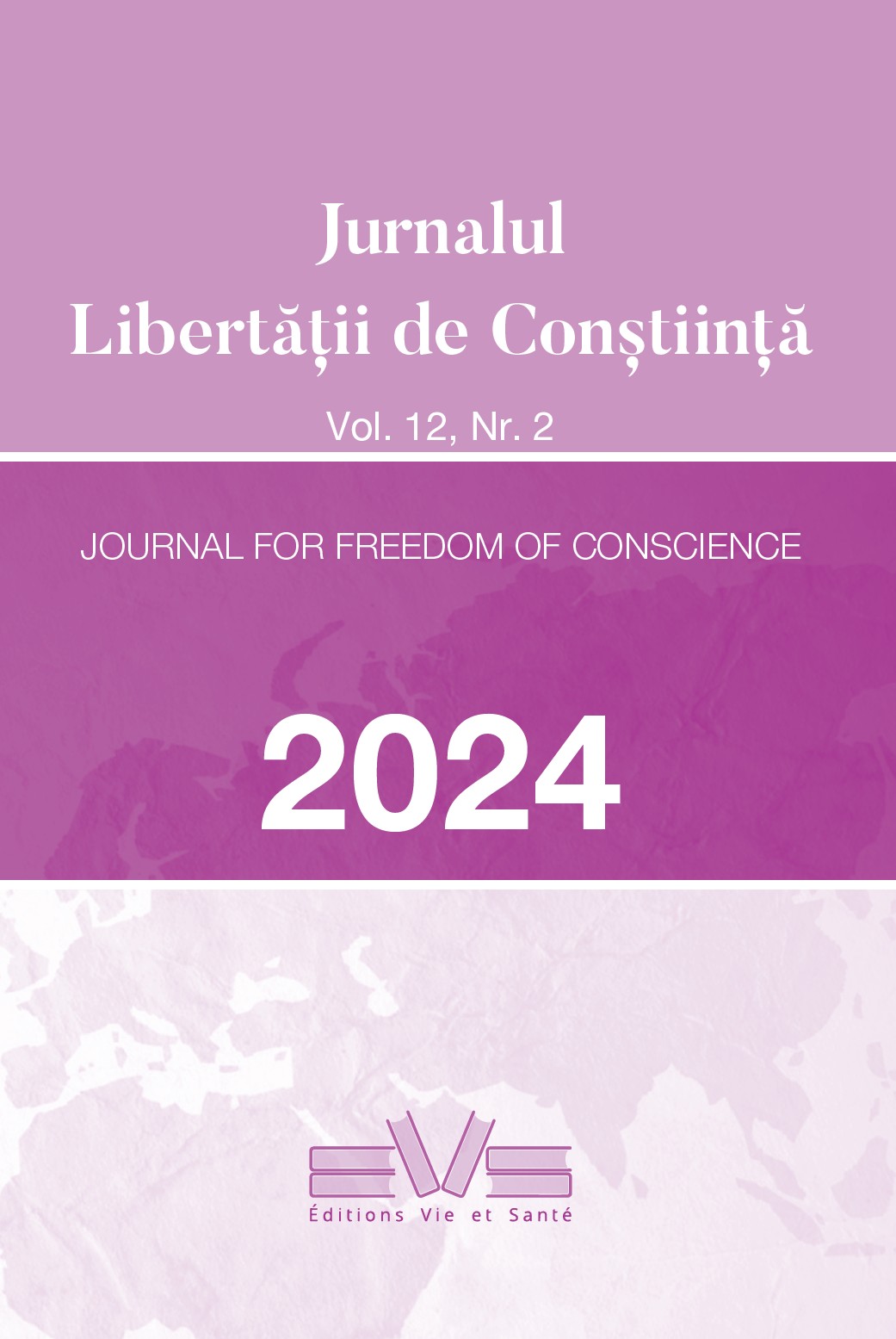
This study explores the representation of peace and faith in contemporary media, focusing on the anime Black Clover. A bibliographic analysis of research on peace and media was conducted, revealing that discussions often centre around conflict and power. Using insights from the analysis, the study identifies the potential of Black Clover to convey Christian values such as peace, justice, and faith through its characters and narrative. The anime is positioned as a modern tool for evangelism and ethical reflection, offering a unique approach to spiritual teachings in the digital age. By examining Black Clover, the research demonstrates how media can engage contemporary audiences with deeper moral and religious themes, suggesting that anime holds potential for reshaping narratives of peace and faith in an increasingly media-driven society.
More...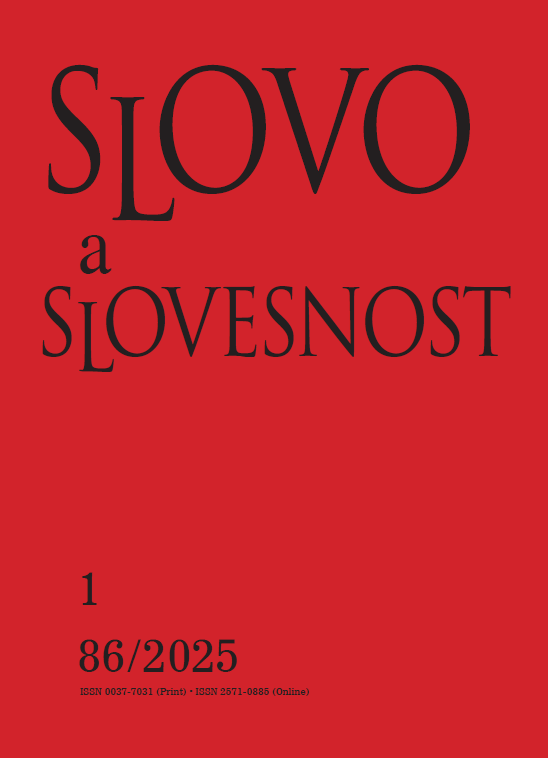
The article critically examines the notion of (aesthetic) norm as developed by Jan Mukařovský and its later applications in David Bordwell’s poetics of cinema. It distinguishes between two approaches to the concept of norm in Mukařovský’s work – the systemic and the explanatory – and traces how each influenced different research programs: Czech literary structuralism and American neoformalist poetics of cinema. It then explores how Bordwell operationalized the notion of norm as a methodological tool, demonstrating its shifting analytical role across his works. It also situates this discussion within a transdisciplinary framework, highlighting how literary scholars can engage with the empirical potential of the notion of norm, while film scholars can benefit from a deeper understanding of its theoretical foundations. The conclusion proposes a reconsideration of norms as a tool for studying artistic creativity, linking them to debates on conventions and historiography.
More...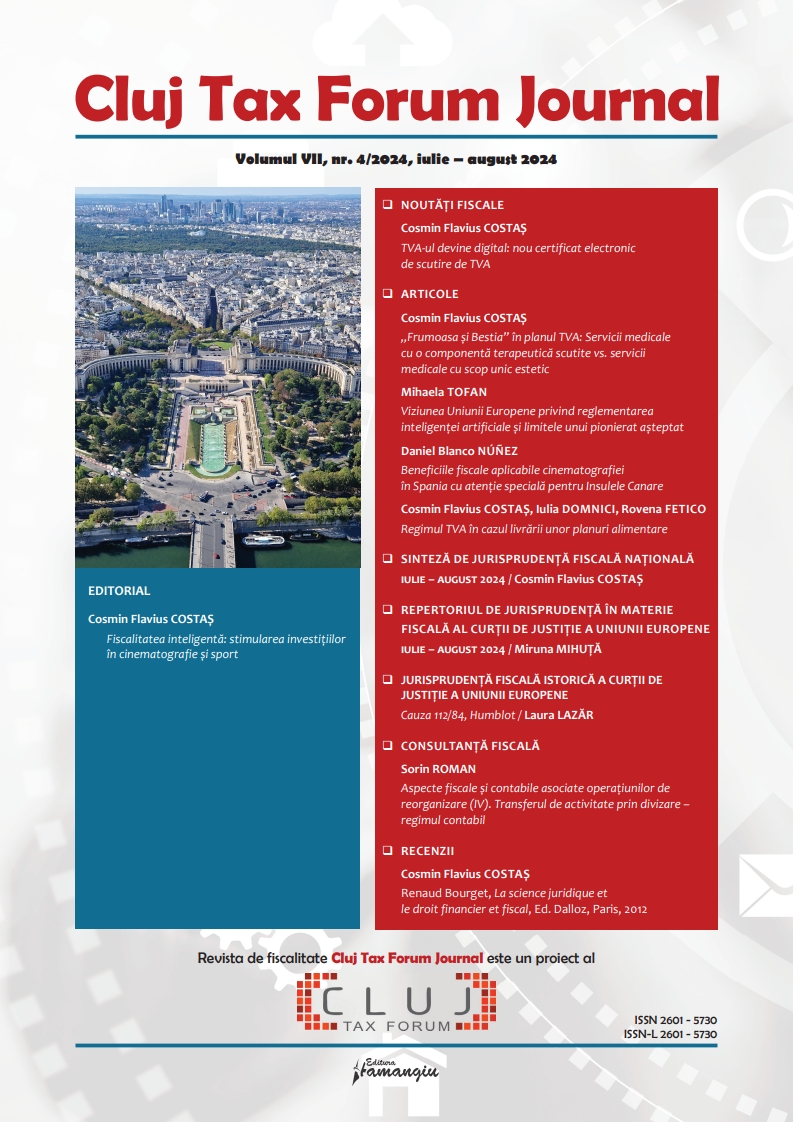
Starting from the fact that culture is one of the fundamental pillars of the modern society, the author develops on some recent tax incentives available for cinema in Spain and particularly in the Canary Islands. Attention is paid to available tax benefits in the field of corporate income tax, for both foreign and international film productions. The compatibility of such benefits with the European state aid rules is also analyzed, with a view to the relevant case‑law of the Court of Justice of the European Union.
More...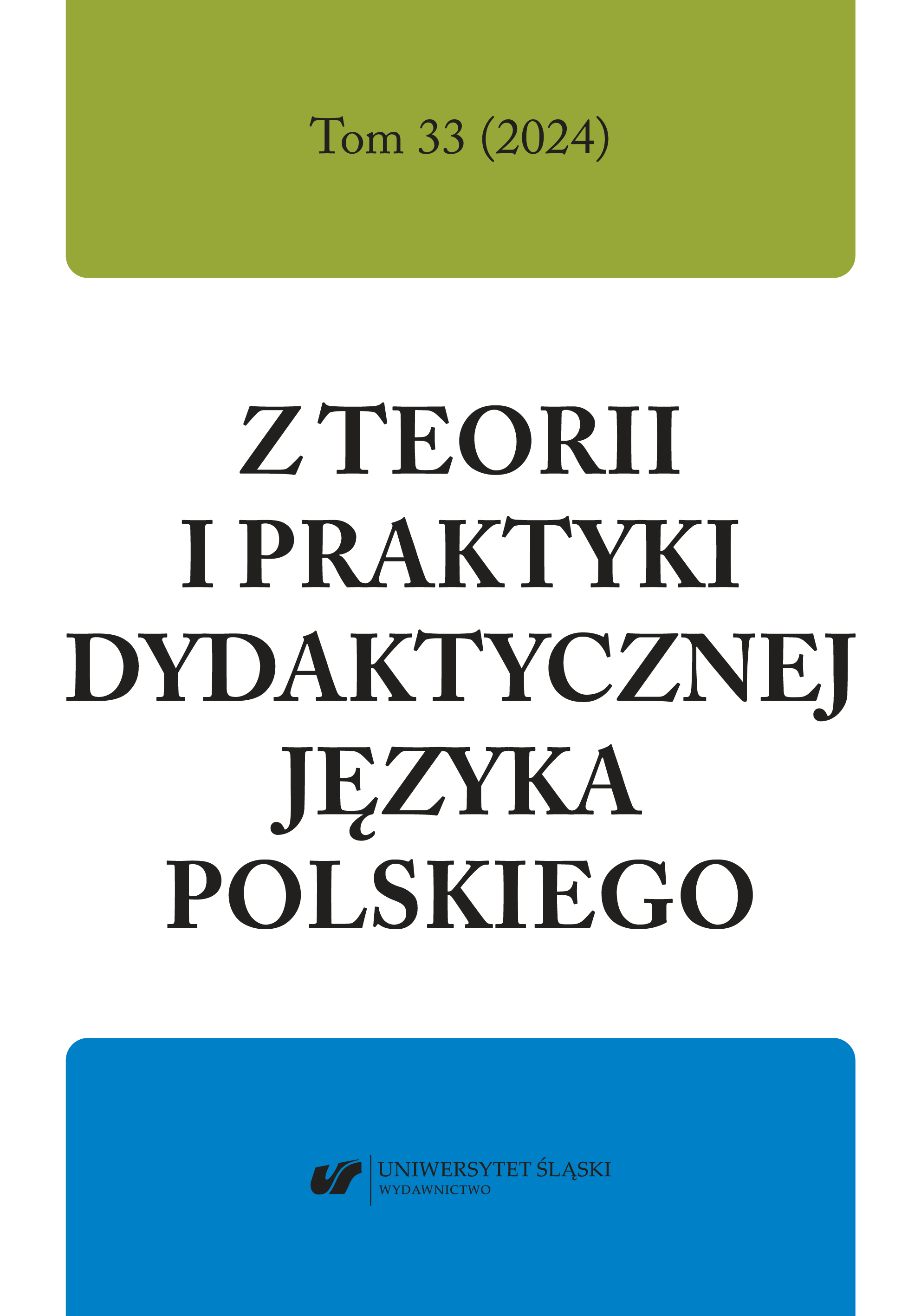
The article points to the need for humanities education in a world dominated by technology. Recalling the dispute between Charles Percy Snow and Frank Raymond Leavis, the author emphasizes that technological development should be responsible for civilization progress while humanities should provide technical achievements with human face with. In the 21st century, with the help of great narratives, people are expected, on the one hand, to attempt to root themselves in the world of the past, interiorize timeless values, give sense to their existence, receive teachings and cautions, and, on the other, a great challenge they face appears to be taming the future, technological spaces and interfaces leading to deeper immersion in virtual environments. In the context of the two visions of the world of tomorrow, that is techno-optimists and techno-pessimists, the author refers to the findings of technoanthropology. Ridley Scott’s Blade Runner serves as an exemplary material for reflections on the future, with particular emphasis on the relationship between humans and replicants. The final reflections constitute conclusions to the considerations being made.
More...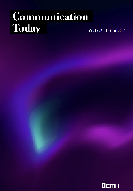
The film genre called biographical drama (abbreviated as biopic) focuses on depicting the unique fates and professional achievements or failures of public figures, including popular figures in the music industry. Given the long-term success of these film narratives, there is a need to explore biographical audiovisual narratives about musicians of the past and present. The main aim of the study, therefore, is to elucidate the conventional genre patterns and iconography of the film genre of biographical drama in the form of a critical reflection on feature films, contemporary biopics from the music industry that resonate in the world of cinema. To fulfil the stated aim, the first step is to explain key concepts and processes closely related to the issue at hand. In a follow-up case study, we explain the ways in which the music industry collaborates with the film industry in the application of qualitative content (narrative) analysis of selected research materials. We work on the assumption that biographical dramas about music personalities have the potential to create financially and audience successful media content, reaching relatively high qualitative levels, despite their generally low reputation by the professional public. This assumption opens up a debate about ways of working with the relevant genre iconography. We are also interested in answering the question of how and whether the meaning of the presented facts changes to dramatize the plot, and to what extent the examined film narratives referring to real life stories of selected persons fulfil their informative-educational character. In fact, we believe that the representation of reality in the media reality (represented by audiovisual images of the described genre) is modified to a certain extent. For this reason, we consider it necessary to approach the interpretation of cinematic works in a critical manner.
More...
Customer engagement reflects the intensity of interaction between customers and products in the market. In the film industry, customers who enjoyed watching movies in cinemas tend to have more intensive interactions with upcoming films. This study analysed the mediating role of customer engagement in the influence of the lead actor, film genre, film ratings, and online reviews on the decision to watch Indonesian films in cinemas. The research employed a quantitative approach with a survey of 315 respondents. Data was analysed by using Structural Equation Modelling through Smart PLS software. The lead actor, film genre, movie ratings, and online reviews positively and significantly influenced customer engagement with films. Customer engagement, in turn, positively and significantly influenced the decision to visit a cinema to watch Indonesian films. Customer engagement is proven to be an appropriate mediator between the four independent variables and the decision to watch Indonesian films in cinemas. Incorporating customer engagement as a mediator in the relationship between the lead actor, film genre, film ratings, online reviews is therefore important. These research findings enrich relationship marketing theory by emphasising the importance of customer engagement in strengthening long-term relationships and consumer behaviour theory by enhancing customer loyalty.
More...